This is exactly what a package like RequireJS is for. Using a module loader like RequireJS allows you to asynchronously load multiple JS files, and define callbacks for when the files are loaded.
Here's a simple example...
Instead of loading your jQuery, and/or other JS files, the only <script> to load is the RequireJS script.
<script data-main="js/app" src="js/require.js"></script>
The data-main attribute tells RequireJS to load the file at /js/app.js, which contains your RequireJS config settings. Here's an example of /js/app.js:
requirejs.config({
"baseUrl": "js/lib",
"paths": {
"app": "../app",
"jquery": "//ajax.googleapis.com/ajax/libs/jquery/2.0.0/jquery.min",
"jqueryMobile": "//ajax.googleapis.com/ajax/libs/jquerymobile/1.4.5/jquery.mobile.min"
}
});
// Load the main app module to start the app
requirejs(["app/main"]);
In this case, /js/app.js is used mostly for configuring paths. The app property tells RequireJS where to look for your specific app JS, and the jquery property tells RequireJS the path to the Google CDN URL for jQuery. Finally, use the requirejs() method to load your apps .js file. Notice that all paths leave off .js.
At this point RequireJS is going to look for your app JS at app/main.js. Create a file in /js/app/ named main.js - so you now have a /js/app/main.js file.
This file is going to load both the jQuery and jQuery Mobile files from the Google CDN, asynchronously, and contain the rest of your app logic. Here's an example of /js/app/main.js:
define(["jquery", "jqueryMobile"], function($) {
//jQuery and jQuery Mobile have been loaded.
$(function() {
// Do stuff with jQuery and jQuery Mobile
});
});
What effect does this have? Let's look at the network waterfall to see how the files are loading:

The diagram above shows both jQuery and jQuery Mobile loading asynchronously.
For a similar demo, see the RequireJS jQuery example .
